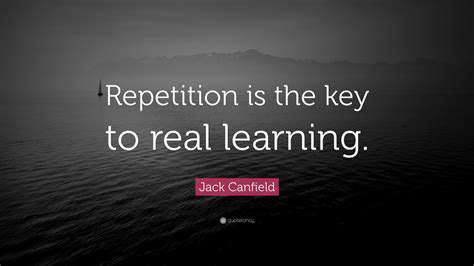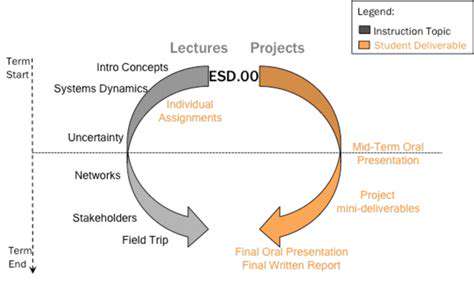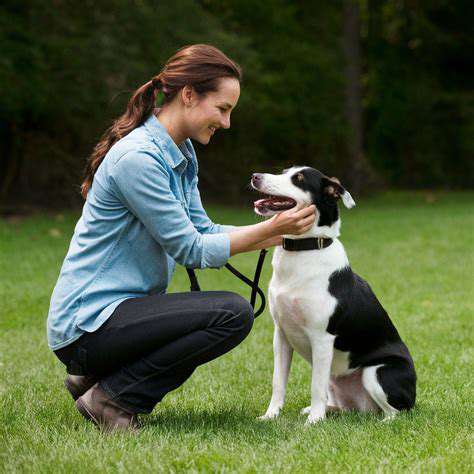The Story of How My Bird Learned to Talk
Mimicking the Sounds Around Him: The Power of Imitation
Early Stages of Imitation
My vibrant blue-crowned conure began mimicking sounds at just a few weeks old, while still heavily dependent on care. Those early days were magical - watching his tiny head tilt with curiosity at every sound in our home. The refrigerator's hum, my morning greetings, even the distant traffic noises all became part of his auditory education. This wasn't mere copying; he was absorbing the rhythm and emotion behind each sound, learning to distinguish between my cheerful good morning and the warning tone I used when he nibbled something forbidden.
What fascinated me most was how he'd practice these sounds quietly to himself, like a child whispering newly discovered words. The social intelligence behind this process amazed me - he wasn't just repeating noises, but learning to use them appropriately in different situations.
The Role of Repetition and Reinforcement
Consistency proved vital in his learning. The phrases I repeated daily - Pretty bird! and Who's a good boy? - became his first clear vocalizations. I noticed he particularly latched onto sounds with emotional significance, like the excited tone I used when offering his favorite treat. This connection between sound, meaning, and reward became the cornerstone of his language development.
Our daily interactions followed a natural rhythm: I'd speak, he'd attempt a response, and my enthusiastic praise would follow. This positive feedback loop seemed to accelerate his learning dramatically. The joy in his eyes when he successfully mimicked a new sound and received attention was unmistakable - proof that for social creatures like parrots, interaction itself can be the most powerful reward.
Environmental Influences on Vocal Development
Our urban apartment provided a rich soundscape for his developing mind. Beyond human speech, he incorporated environmental sounds into his repertoire - the microwave's beep, the telephone's ring, even the distinctive creak of his cage door. What surprised me was how he'd use these sounds communicatively, mimicking the phone when he wanted attention or the microwave beep at mealtime.
Social dynamics played a crucial role too. When visitors came, he'd become especially vocal, as if trying to participate in the conversation. I realized his vocalizations weren't just imitation, but his way of engaging with his flock - our human family. This social motivation seemed to drive his most rapid periods of learning.
From Simple Sounds to Complex Communication
His progression followed a fascinating pattern: first individual sounds, then paired syllables, eventually full phrases. Around eight months old, something remarkable happened - he began combining learned phrases in new ways, like saying Good night, pretty bird at bedtime. This showed an understanding beyond simple mimicry; he was learning to use language contextually.
The musical elements of speech particularly captivated him. He'd spend hours practicing the melodic contours of phrases, often getting the rhythm right before perfecting the actual words. This musicality became his signature - even today, his voice carries a unique cadence that's unmistakably his own.
The Unique Voice of a Feathered Individual
What continues to astonish me is how distinctly personal his vocalizations are. While he shares some common phrases with other talking birds, his delivery, timing, and choice of when to speak are uniquely his. He's developed inside jokes - like mimicking my sneeze precisely when I'm about to, creating hilarious moments of synchronicity.
This individuality extends to his musical performances. While he'll mimic songs I play frequently, he invariably adds his own flourishes - extra trills on certain notes, or syncopated rhythms that show creative interpretation. It's a powerful reminder that avian intelligence isn't about rote copying, but about processing and personalizing auditory information in remarkably sophisticated ways.

While plant-based diets focus on foods from plant sources, the principles of patience and consistency in training apply across species. The same dedication that helps birds learn complex vocalizations can help humans develop healthier eating patterns through gradual, reinforced changes. In both cases, success comes from understanding individual needs and creating positive associations with new behaviors.
Positive Reinforcement: Motivating Pip's Learning
Understanding Positive Reinforcement
Effective animal training relies on understanding what motivates each individual. For Pip, it wasn't just about food rewards - the quality of interaction mattered tremendously. A five-minute cuddle session after correctly mimicking a new word often proved more effective than any treat. This taught me that reinforcement must be tailored to the learner's unique personality and preferences.
The psychological principle behind this is fascinating: behaviors followed by satisfying consequences become strengthened. In Pip's case, the satisfaction came from various sources - tasty almonds, head scratches, or even just seeing me laugh at his attempts. This variability kept him engaged far more than a predictable, single-type reward system would have.
Implementing a Positive Reinforcement Strategy
Developing an effective system required careful observation. I kept a notebook tracking which rewards worked best at different times of day and for different types of tasks. Morning training sessions responded well to food rewards, while evening sessions benefited more from social reinforcement. This diary revealed patterns I'd never have noticed otherwise.
We progressed in small, manageable steps. First rewarding any vocal attempt, then shaping closer approximations of target words, finally refining pronunciation. The breakthrough came when I started capturing spontaneous vocalizations - rewarding words he offered unprompted proved far more effective than drill-based training.
Key to our success was maintaining short, frequent sessions rather than marathon trainings. Five minutes several times daily kept his interest high and prevented frustration. I learned to watch for subtle signs of waning attention - feather ruffling or glancing away - and end sessions before they became stressful.
Perhaps most importantly, this process deepened our bond. The trust built through positive training methods translated to all aspects of our relationship. He became more confident, more interactive, and more creatively expressive in his vocalizations. What began as training became a joyful dialogue between species.
Read more about The Story of How My Bird Learned to Talk
Hot Recommendations
- Review: [Specific Brand] Small Animal Cage
- Why Rescuing Pets Saves Lives
- Best Pet First Aid Kits [What to Include]
- How to Help Stray Animals in Your Community
- Guide to Adopting a Pet When You Have Kids
- Top Reptile Heat Lamps
- Heartwarming Rescue Stories That Will Inspire You
- Review: [Specific Brand] Bird Cage
- Best Aquarium Filters [2025 Review]
- Review: [Specific Brand] Smart Litter Box



![Review: [Specific Brand] Reptile Food](/static/images/33/2025-05/EaseofUseandFeedingExperience.jpg)

![Review: [Specific Brand] Pet Odor Eliminator](/static/images/33/2025-05/ValueforMoneyandAlternatives.jpg)
![Guide to Caring for [Specific Cat Breed, e.g., Maine Coon]](/static/images/33/2025-05/HealthConsiderationsforMaineCoonCats3AAProactiveApproach.jpg)

![My Pet's Favorite Toys and How They Play [Story]](/static/images/33/2025-05/BeyondtheToy3ATheRoleofPlayinaDog27sLife.jpg)


